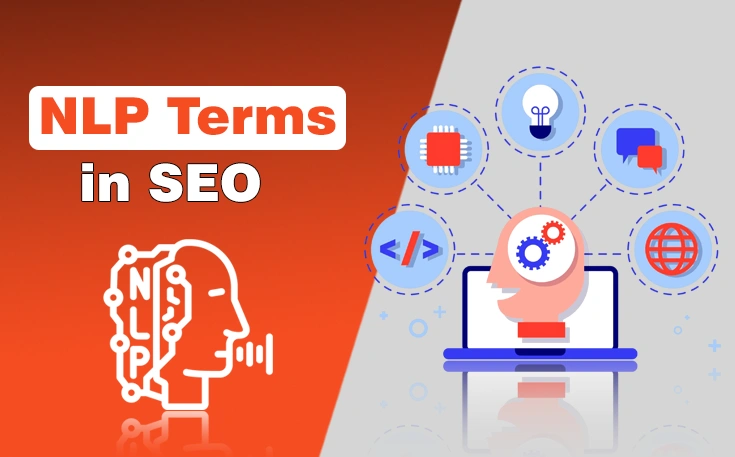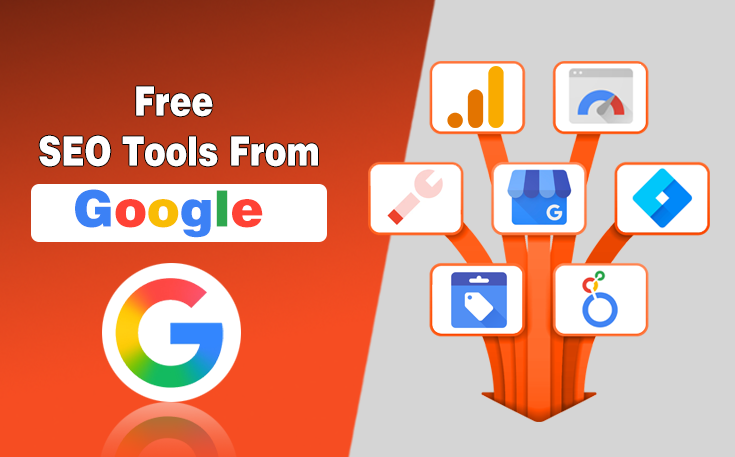So, your SaaS product has found its footing. You’ve got users, revenue is trickling in, and the team is buzzing with energy. Congrats, you’ve made it past the startup phase! But now comes the real test: scaling!
Scaling a SaaS product isn’t just about adding more servers or hiring more people. It’s about evolving your product, processes, and mindset to handle complexity, competition, and customer expectations simultaneously.
Wise founders, therefore, turn to SaaS product development services from specialized companies. These partners bring deep technical expertise and scalable architectures. They also provide fast access to skilled development teams. As a result, companies accelerate time-to-market and strengthen reliability while internal teams focus on core priorities.
In this blog post, I will discuss some hard-earned lessons from the trenches of growth-stage chaos and strategies for scaling a SaaS product successfully.
Product-Market Fit Is Not a Static Win
Teams often view product-market fit as a finish line. However, this mindset creates problems. Your fit must evolve as your customer base grows and diversifies. Early users value different features than later adopters do.
Continued success depends on the right feedback sources. High-value customers should guide your decisions more than early adopters or outliers. Additionally, leaders must resist the urge to please everyone. Every new feature must align with long-term goals and profitability.

Technical Debt Grows Faster than You Think
Speed wins in the early days. Founders tend to ship quickly rather than write perfect code. This approach works well — until it doesn’t. Minor architecture issues become major problems as your user base expands.
Bugs multiply rapidly, as a result, release cycles slow down, and new developers struggle to understand the codebase. At this critical point, you must refactor or rebuild core systems. Yes, this seems disruptive. Nevertheless, companies that avoid it will stall their growth completely.
What Should You Fix First?
You can’t solve every problem at once. However, focus determines success. Here’s how to prioritize when multiple issues compete for attention:
1. Revenue-Critical Problems
Address anything that blocks conversions first. Similarly, fix issues that increase churn or damage customer trust. These problems directly impact your bottom line.
2. Speed Bottlenecks
Identify what slows your team down most. Your CI/CD pipeline might need upgrades. Alternatively, an outdated frontend framework could limit productivity. You should solve these bottlenecks to unlock faster development.
3. Scalability Gaps
Systems that break under increased load need immediate attention. Ada wise leader, you have to try to handle infrastructure problems before you scale your SaaS product. Otherwise, growth will overwhelm your platform.
The right priorities keep energy focused where it matters most. This strategic approach prevents burnout and maintains momentum.
Growth-Stage Challenges and Strategic Responses
| Challenge | Strategic Response |
|---|---|
| High churn in new segments | Reevaluate onboarding processes and improve product guidance |
| Platform instability | Prioritize infrastructure upgrades immediately |
| Slow development cycles | Refactor codebase and optimize deployment pipelines |
| Misaligned feature roadmap | Reassess customer feedback sources and priorities |
| Team gaps or delays | Leverage fractional or outsourced development teams |
How to Scale Teams Without Losing Focus
More people won’t fix broken processes. In fact, teams that grow without intention often create more problems. Sustainable growth requires structure and clear communication channels.
Follow these principles to expand wisely:
- Document before you hire: Create clear processes so new hires ramp up fast.
- Choose generalists early: Select people who adapt and cover multiple roles effectively.
- Keep communication tight: Use structured workflows and fewer meetings to avoid chaos.
- Automate repetitive tasks: Free your team to focus on innovation instead.
Every new hire should directly increase output or velocity. Otherwise, you’re just adding complexity.
Why Does Pricing Matter More Than Expected?
Product teams often underestimate how pricing affects growth. But small tweaks in packaging or positioning can unlock major gains. Moreover, the right pricing model aligns customer value with revenue.
Consider these critical questions when you scale a SaaS product:
- Are you using the right value metric for pricing?
- Does your free plan create conversions or just support costs?
- Do enterprise clients understand your tiered plans clearly?
Pricing experiments do not mean weekly changes. Instead, they mean you listen to customer behavior and optimize accordingly. Sometimes, better copy or clearer feature highlights can lift sales significantly.
How Can You Prepare for the Next Growth Spike?
You can’t predict everything about future growth. However, you can build systems that adapt and stretch. Preparation today prevents crisis tomorrow.
Essential Preparations Practices
- Scalable architecture: Ensure infrastructure handles traffic surges smoothly.
- Strong observability: Invest in tools that monitor and alert before users notice problems.
- Cross-functional alignment: Keep product, marketing, and support teams synchronized.
These preparations create resilience. They also help teams respond quickly when growth accelerates unexpectedly.
Key Takeaways for Growth-Stage Success
Companies that scale successfully solve the problems at the right time. They stay alert to strain signals across technical, organizational, and product areas. External expertise becomes valuable, especially from companies that provide specialized SaaS product development services.
You should keep teams lean but empowered and remember that scale requires better systems, not just more activity. The most successful businesses don’t chase every opportunity. Instead, they double down on what works and fix what breaks.
Three pieces of advice for you to follow:
- Focus remains your greatest asset
- Choose battles wisely
- Build systems that make more possible with less effort.
Need custom app with amazing features?
Get a Quote




